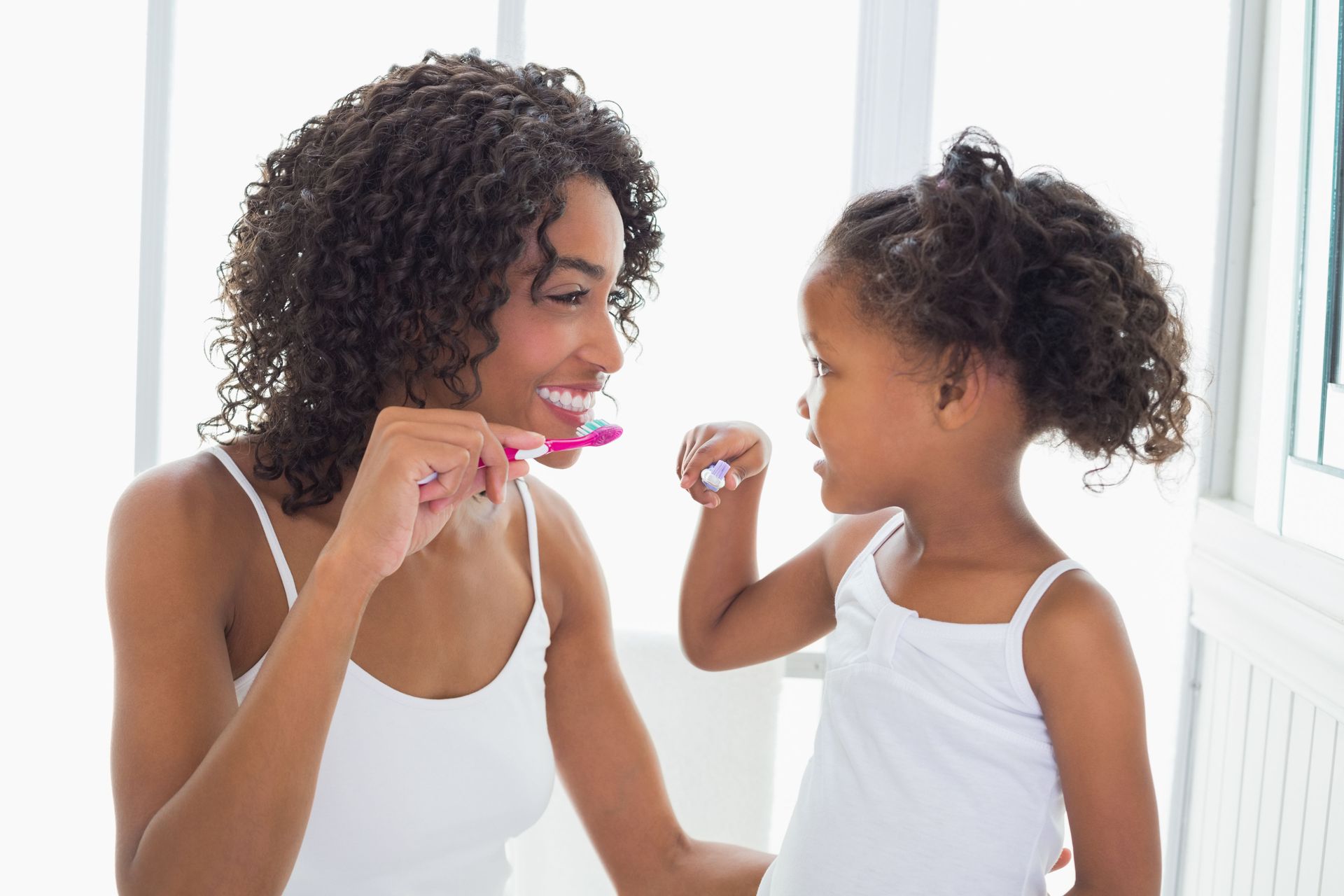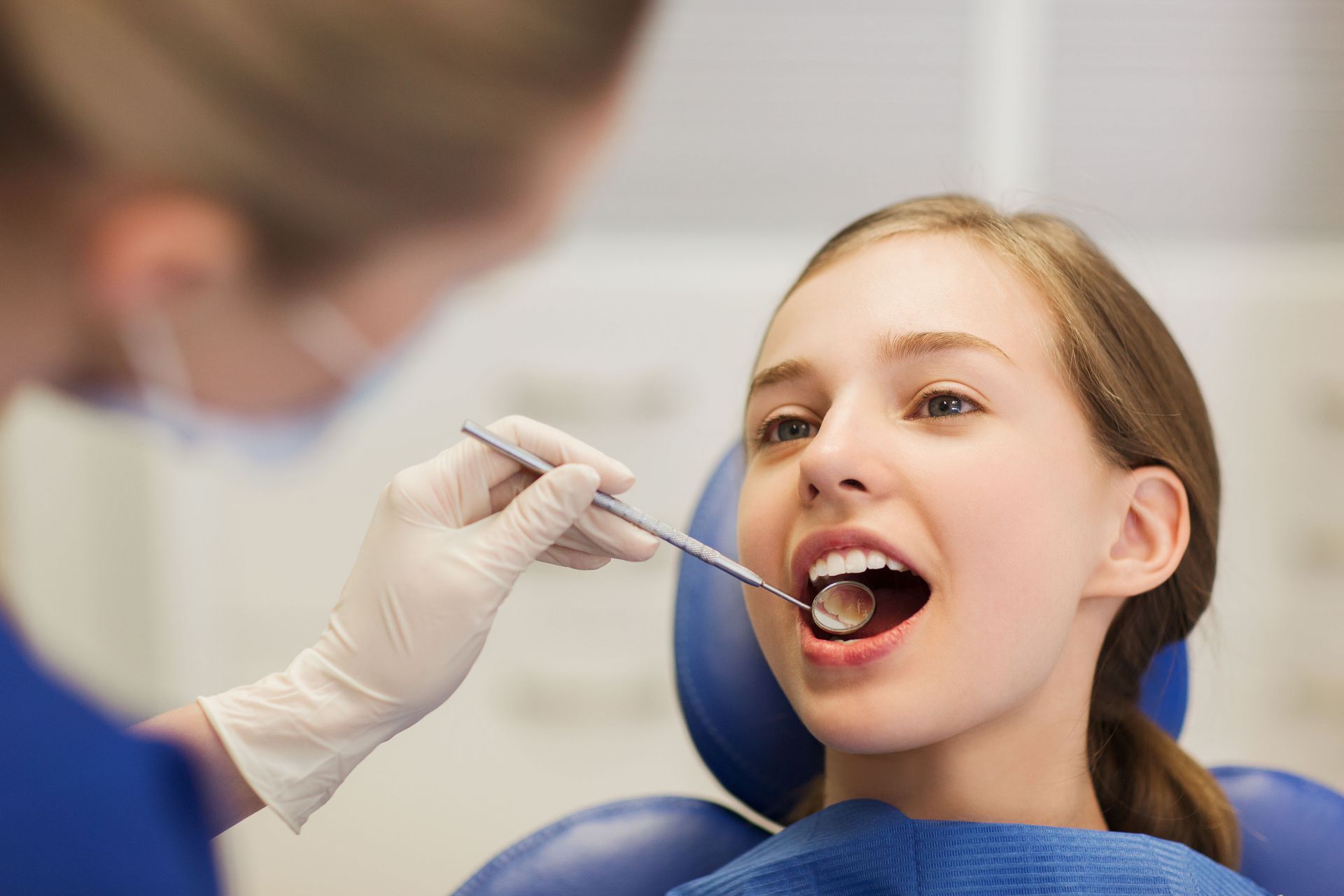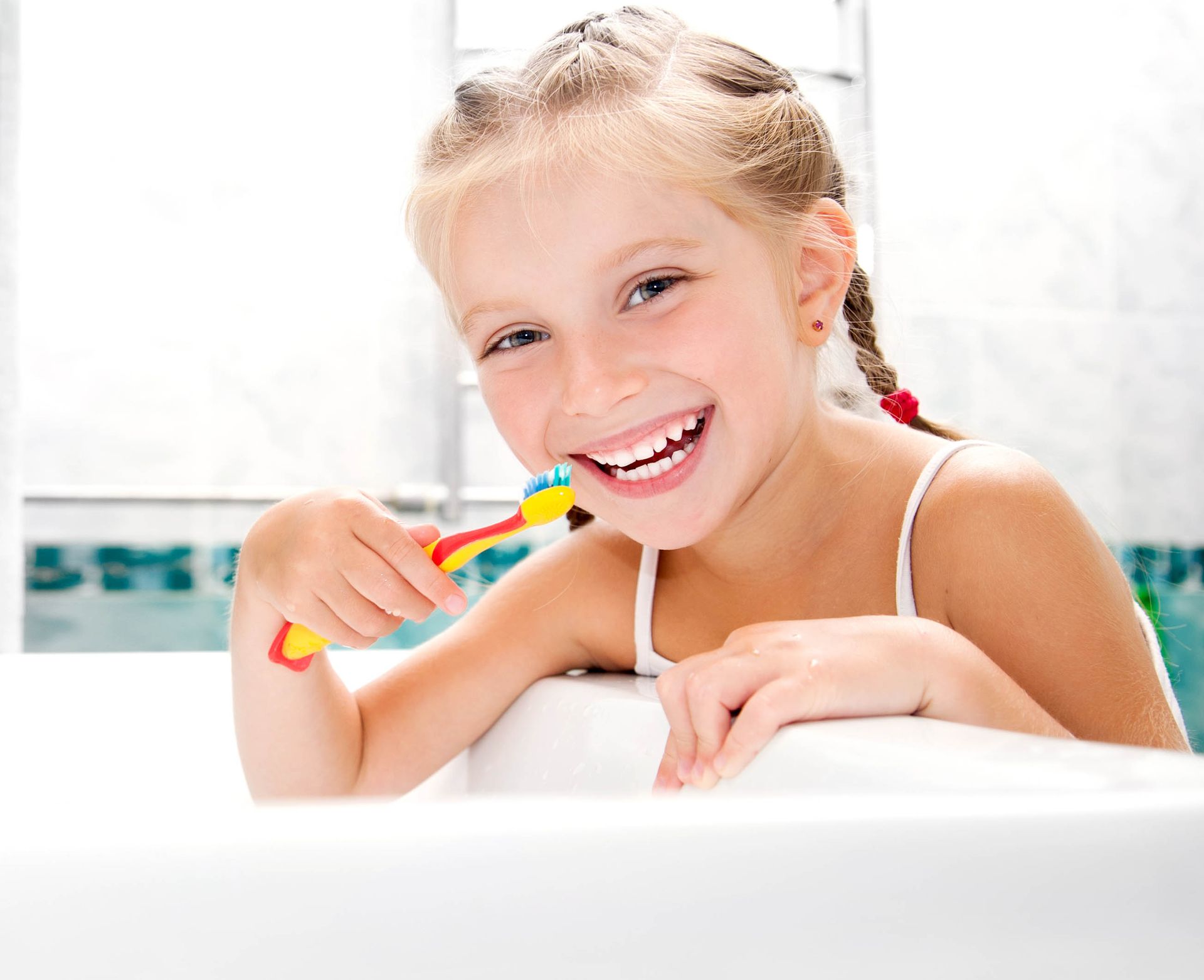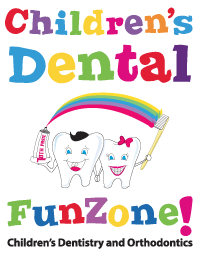What to Expect at Your Child’s First Visit to a Pediatric Dentist
Taking your child to the dentist for the first time can be both an exciting and nerve-wracking experience. As a parent, you want to ensure your child is comfortable, safe, and starting good dental habits early. A visit to a pediatric dentist plays a crucial role in building the foundation for lifelong oral health.
According to the National Institute of Dental and Craniofacial Research, nearly one in four children between the ages of 2 and 5 has at least one cavity in their primary teeth. Starting dental care early can help prevent these issues before they develop. This guide will walk you through exactly what to expect at your child’s first appointment with a pediatric dentist, so you can walk in confidently and walk out smiling.
Preparation
Preparation is key to setting the stage for a successful visit. Start by talking to your child in simple, positive terms about the dentist. Read books or watch kid-friendly videos that explain what happens at a dental check-up. Role-playing the visit at home using a toothbrush and stuffed animal can also help your child feel more familiar with the process. Establishing a sense of predictability helps reduce anxiety and builds your child's confidence about what to expect.
Avoid using words like "pain," "drill," or "shot" that might cause fear. Instead, frame the visit as a fun and important part of staying healthy, just like going to the doctor for a check-up. You can also let your child bring a comfort item, like a stuffed animal or favorite toy, to help them feel secure. The more relaxed and positive you are, the more likely your child will mirror your attitude.
Arrival
When you arrive at the pediatric dental office, you'll likely notice it looks quite different from a standard dental clinic. Many dentists create a playful, colorful environment to help kids feel welcome and at ease. Toys and themed decor are often part of the waiting area. This child-focused atmosphere is designed to turn a potentially stressful experience into one that feels fun and approachable.
Check-in typically involves some paperwork, including your child's medical history and any current concerns. Staff trained in working with children will help guide you through the process and may offer your child a small toy or sticker to make them feel comfortable. Some offices also provide digital forms in advance to streamline the visit. Arriving a few minutes early can give your child time to adjust to the new environment before the appointment begins.
Introduction
The pediatric dentist and dental team will take time to warmly introduce themselves to your child. They often speak in a friendly, age-appropriate way and may even show your child the tools they’ll be using, giving each one a silly or non-threatening name. This approach helps your child feel comfortable and makes the experience feel more like play than a medical exam.
This introduction helps ease any anxiety your child might feel. The goal is to make the child feel like an active participant in their own care. A good dentist knows how to explain complex procedures in a way that feels like a game or a story. By involving your child in the process, the dentist helps build confidence and reduces the fear of future visits.
Examination
The main part of the visit is the examination, which will be tailored to your child's age and comfort level. For infants or toddlers, the pediatric dentist may ask the parent to hold the child on their lap during the exam. The dentist will gently examine your child's teeth, gums, jaw, and overall oral structure. This careful, thorough check helps identify any early signs of dental issues and ensures your child’s mouth is developing properly.
They'll look for any signs of cavities, misalignment, or issues with oral development. The dentist may also assess habits like thumb sucking or pacifier use that can affect dental health. This is a great opportunity for parents to ask questions and get advice tailored to their child’s needs. Addressing these concerns early can help prevent more serious problems down the road.
Education
Education is a big part of what makes pediatric dental care unique. After the exam, the dentist will take a few moments to teach both you and your child about proper oral hygiene practices. This includes how to brush and floss correctly, and what kind of toothbrush and toothpaste to use. They may also provide helpful tips to make daily brushing routines fun and effective for kids.
They might use models or puppets to demonstrate brushing techniques in a way that’s fun and engaging for children. You’ll also get advice on diet and nutrition, such as limiting sugary snacks and drinks, which contribute to tooth decay. This personalized guidance helps reinforce healthy habits from an early age. By involving both parents and children, the pediatric dentist ensures that everyone is equipped to support a healthy smile.
Cleaning
Depending on the child's age and cooperation, a gentle cleaning may be performed. This usually involves polishing the teeth with a flavored paste and using kid-friendly tools to remove plaque. The process is quick and designed to be as comfortable as possible. Many children enjoy this part of the visit because it leaves their teeth feeling fresh and smooth.
The pediatric dentist and hygienist will explain each step before doing it, which helps reduce fear and increase cooperation. After the cleaning, they might apply a fluoride treatment to help strengthen your child’s enamel. This preventive step is especially helpful for children who are at higher risk of cavities.
Recommendations
After the cleaning, the pediatric dentist will offer tailored recommendations based on your child’s oral health. This might include suggestions for dealing with thumb sucking, advice on fluoride supplements, or the need for orthodontic evaluation in the future. They may also provide tips on managing teething discomfort or other common concerns for young children.
They will also let you know how often to schedule follow-up visits. These regular check-ins are crucial for monitoring growth and catching any issues early. Consistency in dental visits builds familiarity and helps children develop a positive attitude toward oral care. Following the dentist’s advice helps set your child up for long-term dental success.
Follow-Up
Before you leave, the staff will help you schedule your child’s next visit and provide any take-home materials or tips. Many pediatric dental offices offer fun incentives like a sticker chart or a small prize to reward your child’s bravery and cooperation. These positive reinforcements help make dental visits something your child can look forward to.
Building a routine of regular visits to a pediatric dentist helps normalize dental appointments and makes future visits smoother. It also ensures any developing issues are caught and addressed early. A dentist becomes a valuable partner in your child’s overall health journey.
Your child’s first dental visit is a big milestone, and with the right preparation and a skilled pediatric dentist, it can be a positive experience that sets the tone for a lifetime of healthy smiles. From the colorful waiting room to the gentle exam and expert advice, each step is designed with your child’s comfort in mind.
Ready to schedule your child’s first dental visit? Our friendly team at Children's Dental FunZone is here to make it a comfortable, educational, and even fun experience. Contact us today to book an appointment.





